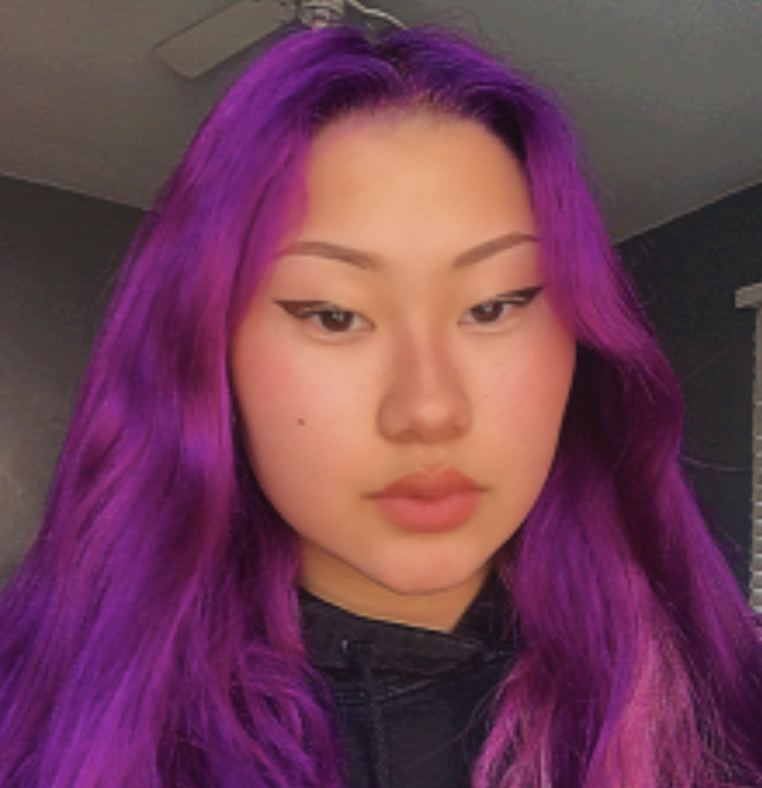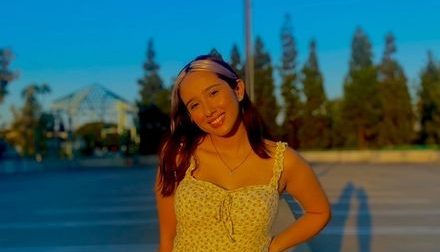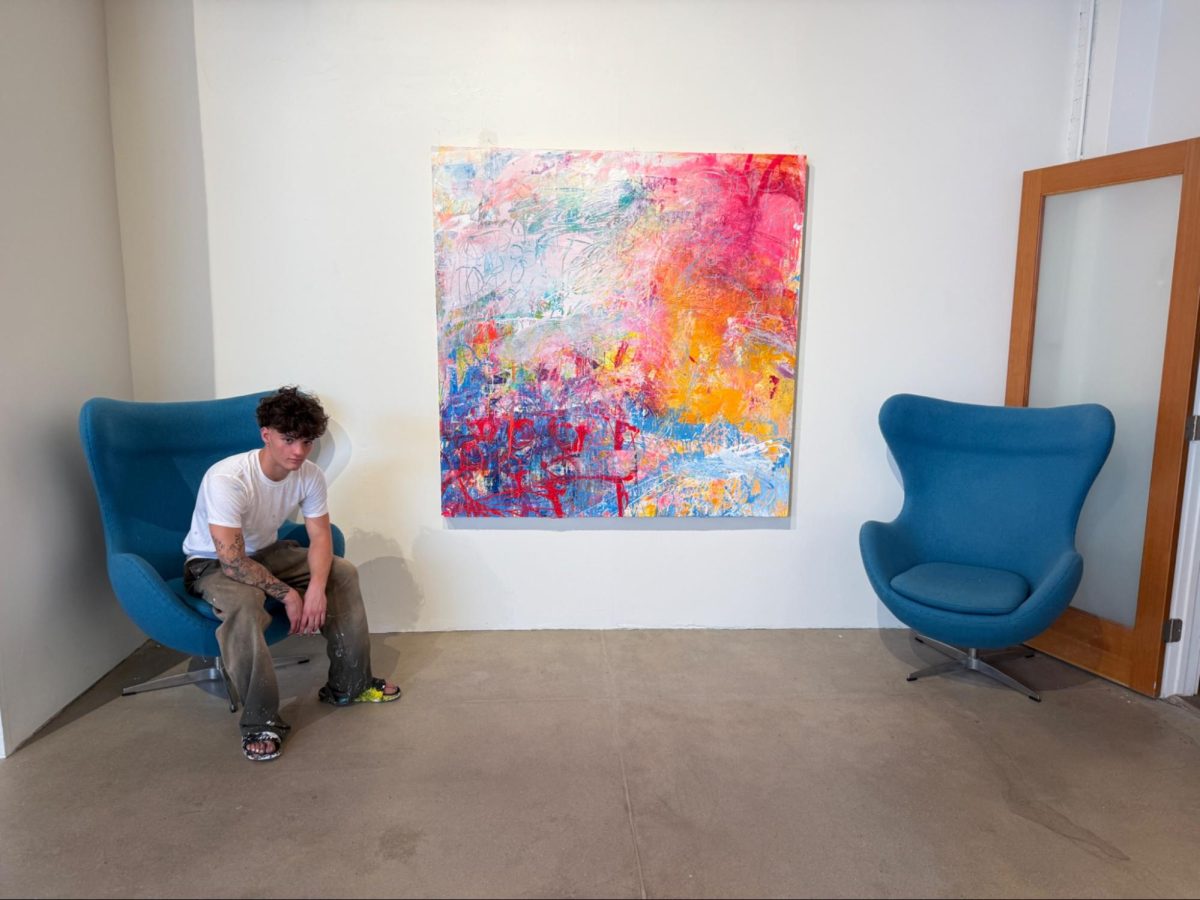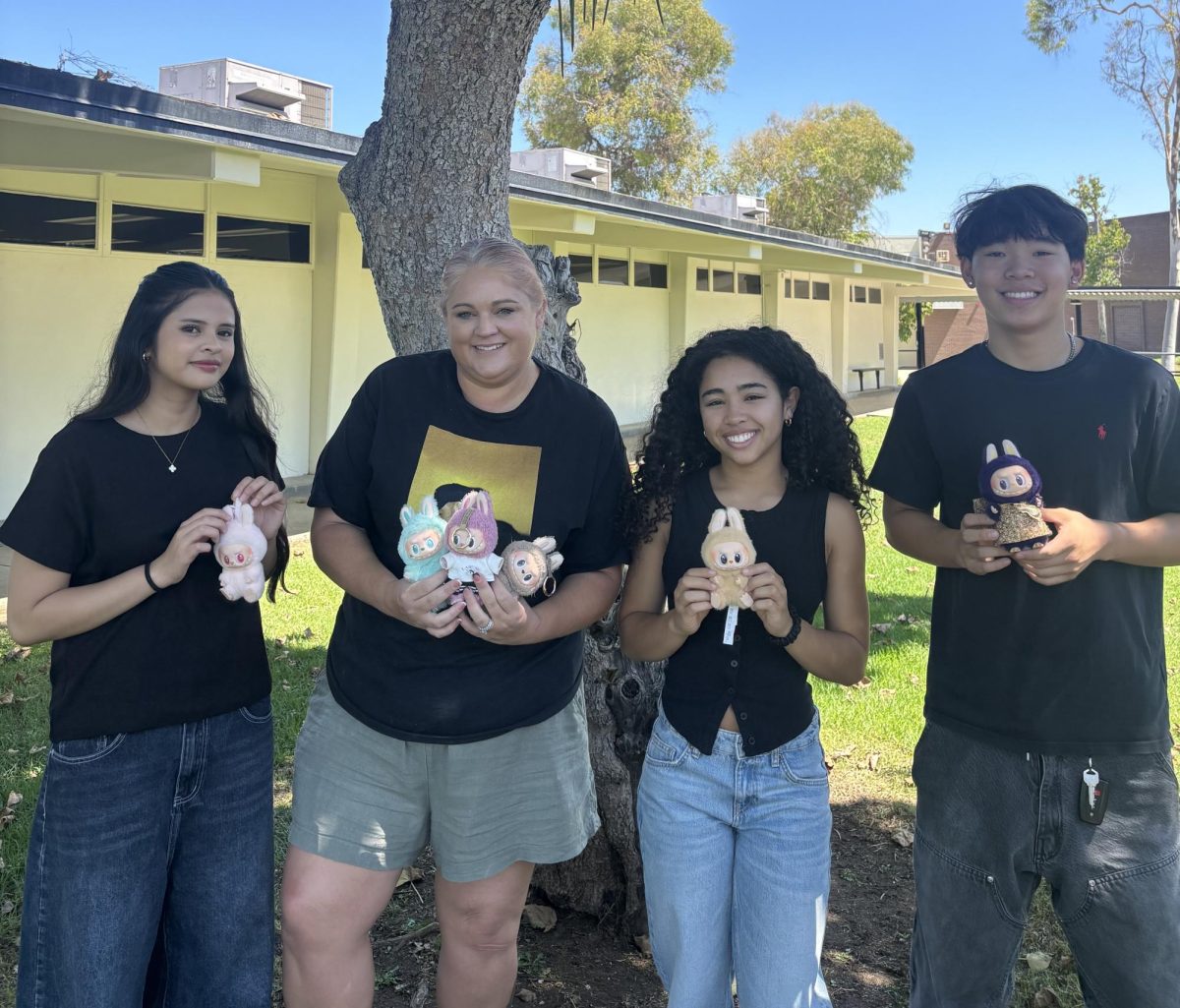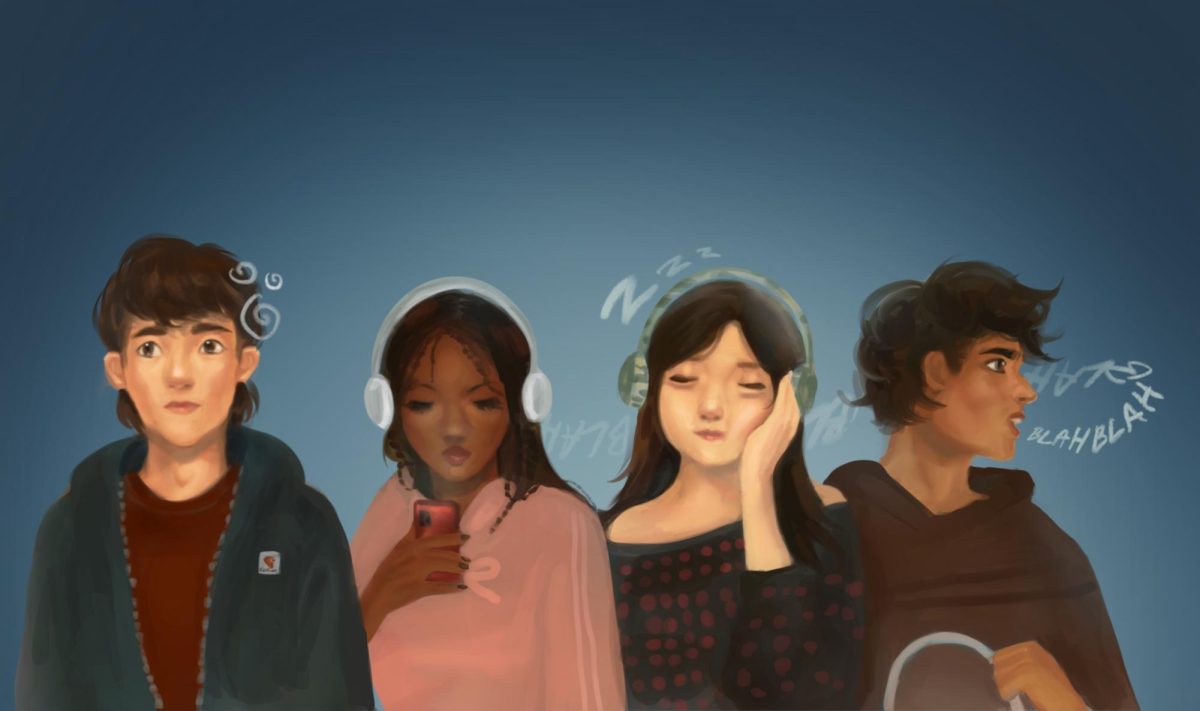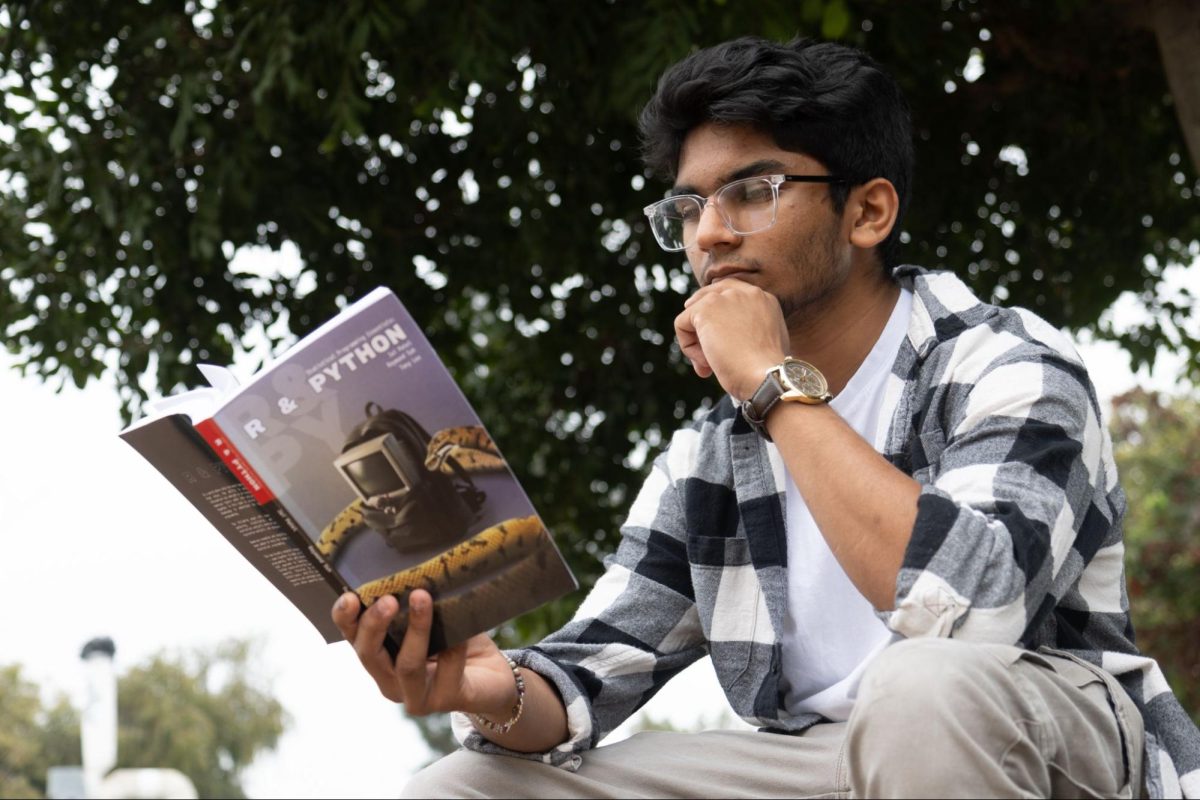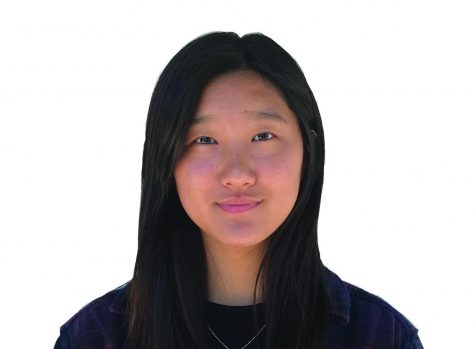Before the March 2020 lockdown, senior Estefani Espinoza would get her naturally brown hair dyed at a local beauty salon for $120.
But once the state mandated that all such shops remain closed to slow the spread of the coronavirus pandemic, Espinoza had to either let her hair color remain untouched or take matters into her own hands.
She opted for the latter.
“I dyed [my hair] a total of [six] times, and the first time was back in [December],” said Espinoza, who had gone from a brunette to blonde just before the coronavirus crisis first hit in March. “I was bored and looking to try and change up my hair a bit.”
As the pandemic brought upon a period of stagnancy and struggle, students like Espinoza found ways to cope by switching up their hair color, varying from subtle to dramatic hairstyles.
“I felt happy because I was looking for a way to change my appearance a little,” the senior said. “My parents liked it [too], and they were surprised it came out looking nice, especially since I did it myself.”
Espinoza had no trouble picking out hair dye and followed the instructions on the back of Garnier box dye. Her adventures in hair dyeing mirrors what an online salon magazine reported in January of this year.
According to a survey sponsored by Garnier hair color, a third of women surveyed, or 33%, dyed their hair at home during the pandemic.
“Many did so because they wanted to make a change with their hair (44%) or because they were bored and looking for something to do (32%),” said the Jan. 13 online article from Salon Today.
That’s exactly what prompted sophomore Sophia Chun to change her hair color four times last year — purple and pink in February and blue in October — and once last month, violet/silver.
“My hair was getting boring, and I had my natural hair for the longest time, so I decided to change it up,” Chun said. “And what got me into dyeing my hair was that I saw many emo girls on Instagram and in public having awesome hairstyles with different colors that I wanted to have on my hair as well.”
She was inspired to dye her hair violet/silver most recently after seeing one of her favorite k-pop idols, Rosé from BlackPink, with the same hairstyle.
“Rosé had the hair color I wanted [and] honestly felt obsessed over it so I decided to dye it something similar like hers,” she said.
The colorful experimentation was a harmless way to achieve positive change for Chun and since her particular hair salon was open, she was able to get her hair professionally dyed all four times.
“I was very excited and having a lot of fun [when I first dyed my hair purple],” she said. “My parents loved it but told me to save money for now and to keep my hair healthy.”
Though she feels sad that she can’t dye her hair anymore, she agrees that health and money is more important than anything.
“I [also] noticed that my mood changed when I dyed my hair,” Chun said. “My parents said that I look a lot calmer with violet/silver hair.”
The trend is not limited to just girls.
Senior Emiliano Zavala, who has naturally black hair, spent $10 on blond hair dye over the summer.
“I was bored so I dyed it, plus, since we were stuck in quarantine, I figured I’d do it at home,” Zavala said. “My family and friends thought it was pretty funny.”
His hair naturally grew out to his originally black hair color and also found it easy to follow the box dye instructions.
“It wasn’t too big of a change [for me], it was just whatever,” Zavala said. “Maybe I will consider doing it again later on.”
If he were to try it again, Zavala will have lots of catching up to reach how many times junior Violet Kim has colored her hair. Kim said she began dyeing her hair around once every three weeks throughout the quarantine and decided to let loose with her healthy hair.
“I cut my hair before the quarantine so I could grow it healthy because I bleached it in sophomore year, but it got boring and took too long to grow out,” Kim said. “I saw a lot of people with unique hair like bleached strips or like [dyed] red, so I really wanted to try everything.”
Her desire for change transitioned into a period of playful experimentation from brown to red to bleached strips and finally bleaching the front pieces of her hair.
“I will definitely dye my hair more, but I’m fine with my hair color right now,” said Kim, who sports blond highlights with red pieces in the front. “Maybe if I see a picture of a pretty hair color, I might dye it again next week.”
Since the circumstances of the pandemic are things outside of students’ control, dyeing hair seems to be a safe, productive and fun means of coping. Kim said this is the best time for students to add some color to their life.
“I think students who are hesitant to dye their hair during this time should just do it,” Kim said. “Hair is temporary and grows back so if students don’t want to have colored hair when they’re older, they should just do it now.”




